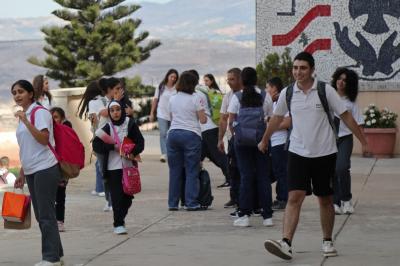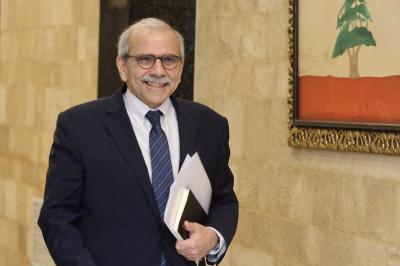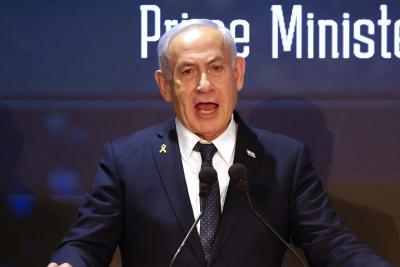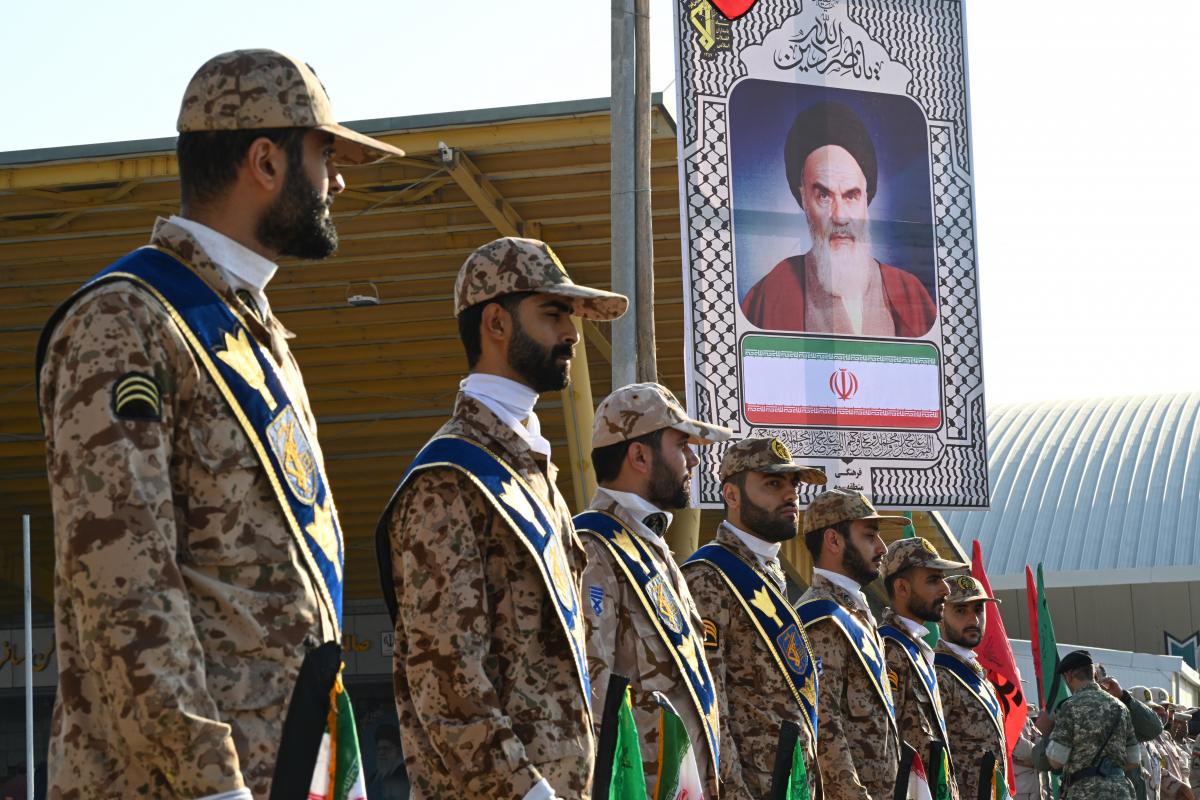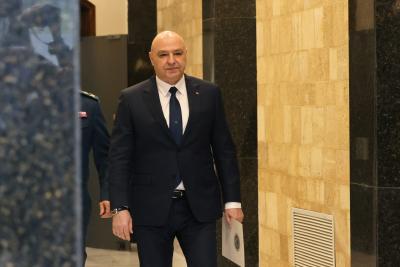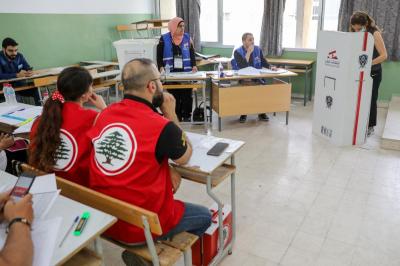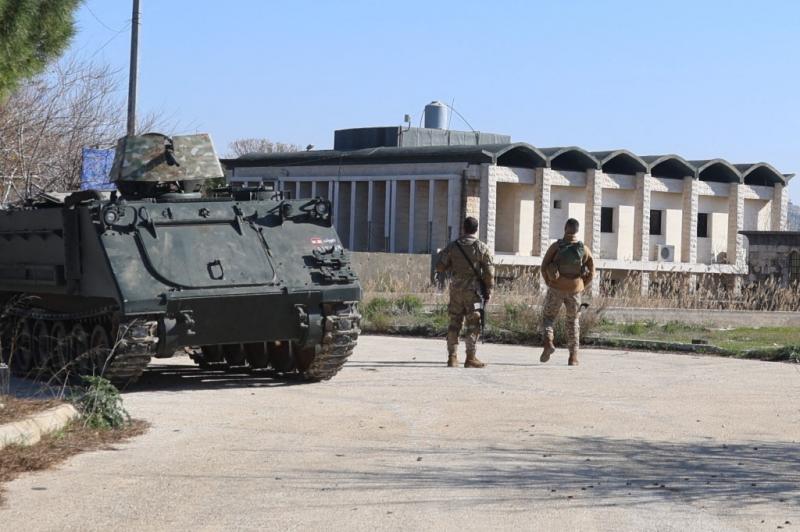The Iran-led axis in the region is experiencing a period of decline after suffering significant blows, leading to a retreat following years of historic expansion—culminating in the early days of the "Al-Aqsa Flood" operation.
This axis, which took time to consolidate, achieved victories in Lebanon, Iraq, and Syria, capitalizing on regional events since the seismic shift of September 11, 2001. That moment saw the United States reshape its Middle East policy under the banner of combating "terrorism," embodied at the time by Al-Qaeda and its affiliates, as well as the Taliban regime in Afghanistan and Saddam Hussein’s government in Baghdad.
Ironically, Washington’s policies in the region helped free Tehran’s hand, given its hostility toward both the Taliban and the Iraqi Baath Party. There was even a tacit understanding with successive U.S. administrations—before and after 9/11—on dividing spheres of influence, despite friction in Iraq, Lebanon, and the Gulf.
This status quo endured until Donald Trump entered the White House in 2016, withdrew from the nuclear deal, and imposed crippling sanctions on Iran. Now, with Trump poised for a potential return, the Iranian axis is not what it once was—significantly weakened, though not yet dismantled.
This marks the beginning of a new phase fraught with uncertainty and risk, forcing Iran to adopt a revised strategy amid shifting regional dynamics.
A Dramatic Shift with the "Support Front"
The turning point came with Hezbollah’s uncalculated involvement in the "Al-Aqsa Flood" offensive, launched by Hamas on October 7, 2023, without prior coordination with the broader axis. The operation aimed to "cleanse" Israeli prisons of Palestinian detainees, despite a broad agreement within the axis on confronting Israel and imposing a siege of fire, with each front acting in accordance with its own timing.
Following the attack, Hezbollah opened the "Support Front," escalating its operations from the occupied Shebaa Farms, then facilitating Palestinian factions' infiltration across the border, before directly engaging in combat. The party sought to contain the conflict within a limited geographical scope to maintain a deterrence balance—one it assumed Israel would not break.
However, the Iranian axis underestimated the seismic impact of "Al-Aqsa Flood" on Israeli society, which Netanyahu himself described as "Israel’s 9/11."
Fate, or perhaps miscalculation, led the axis to confront one of the most hardline governments in Israeli history, without factoring in Netanyahu’s precarious domestic situation—where his political survival was at stake.
As the war unfolded, fissures within the axis became evident. No longer a unified bloc, it revealed a composition of distinct factions with differing priorities, turning the conflict into something far different from what was initially envisioned.
On the ground, Gaza and Lebanon entered the war at point-blank range, while the Houthis in Yemen made their presence felt. However, the Syrian front—once described by Iran as the "golden link" in the axis alongside Hezbollah—continued its previous role of supplying arms without direct engagement, due to internal, strategic, and Russian constraints. Meanwhile, the Iraqi front, which was already circumstantial and limited in effectiveness, initially participated but later withdrew for its own reasons.
The tide began to turn after Israel escalated its strikes, particularly following the assassination of Hezbollah’s military commander Fouad Shukr on July 30, 2024, and the aerial onslaught on September 23. These attacks severely weakened the axis, paving the way for the fall of its Syrian ally—now deprived of manpower and Russian air support, with Moscow preoccupied in Ukraine.
Hezbollah, perhaps overconfident in its strength, chose to engage Israel without fully grasping the extent of its enemy’s military capabilities. Here lay the crucial difference: while Hezbollah prepared openly for guerrilla warfare, Israel quietly built up its technological and military arsenal under U.S. supervision—without direct intervention—just as Iran had done with Hezbollah.
A Break Between Tehran and Damascus
After years of rhetoric about "unified fronts" and a "shared destiny," the axis fractured into separate factions. The ultimate rupture came with the collapse of Bashar al-Assad’s regime, severing Hezbollah’s critical land corridor to Iran via Syria.
Syria’s new leadership reached an implicit understanding with Tehran: they would not engage in direct combat but would safeguard Iranian interests and holy sites. However, their approach to Iran became increasingly transactional, as they pursued rapprochement with Gulf rivals—though they maintained ties with Russia.
Tehran, in turn, did not sever its connections with the Muslim Brotherhood, the ideological foundation of Turkey, which now dominates Syria and backs Hay’at Tahrir al-Sham (formerly Al-Nusra Front), the main force in Damascus. However, Iran retaliated by cutting off gas and oil supplies to Syria—resources that had previously been provided with generous concessions to the Assad regime. It also stirred unrest in Alawite areas, sending a clear signal that more was to come.
The Syrian model is particularly telling, as it highlights the Iranian axis’s passive approach in responding to evolving regional realities.
Regrouping in Lebanon and Palestine
In Lebanon, the axis is attempting to recover, focusing on stabilizing its position and avoiding an all-out Israeli war. It has various means to rearm, including smuggling facilitated by Syrian allies. Hezbollah, meanwhile, is entrenching its presence in the south by offering logistical support to local communities and reinforcing its grassroots networks. Politically, it retains its power of veto but must rethink its approach to power-sharing in Lebanon’s evolving U.S.-influenced landscape.
In Palestine, the high-profile hostage and prisoner exchange demonstrated Hamas’s resilience. The movement maintains its military alliance with Tehran, which continues to provide financial and material support, despite past tensions between its political and military wings—especially following internal Palestinian strife in Syria.
However, Hamas and Islamic Jihad are now facing relentless Israeli operations in the West Bank, aimed at neutralizing any attempt to translate the "victory" in Gaza into political gains. The Israeli offensive in Jenin is just the prelude to a broader plan of displacement and settlement expansion, taking advantage of Trump’s potential return. His recent remarks suggesting that Egypt and Jordan should absorb more Palestinian refugees have alarmed Cairo and Amman.
Playing on Contradictions
Meanwhile, the Yemeni front has gone quiet, and the Houthis have been designated as a terrorist organization. In Iraq, Iran’s influence remains strong but is no longer absolute—similar to its position in Lebanon before the latest Hezbollah-Israel war. Tehran still holds significant sway, but its rivals have gained veto power, as seen in the failed attempt to install pro-Iran candidate Sleiman Frangieh as Lebanon’s president.
Faced with these challenges, Iran’s axis is now playing for time. In the early days of a potential second Trump administration, it may adopt a more hardline stance, particularly on its nuclear program. At the same time, Tehran has strengthened its ties with the Gulf Arab bloc—Saudi Arabia, the UAE, Egypt, Bahrain, and Jordan—who see Turkish-backed Islamist dominance in Syria as their primary concern.
By maintaining a pragmatic relationship with Turkey, Iran is maneuvering toward a regional balance of power where each side acknowledges the other’s interests while managing conflicts and resolving disputes. Tehran is also leveraging contradictions between the Turkish-Islamist and Gulf-Arab blocs to reposition itself strategically.
For now, Iranian policymakers are analyzing their setbacks to craft a new approach, fully aware that the Middle East is entering an uncharted phase.
They are also awaiting a serious resumption of indirect negotiations with Washington—not over regional conflicts or allied factions, but over Iran’s own national security concerns.
 French
French


